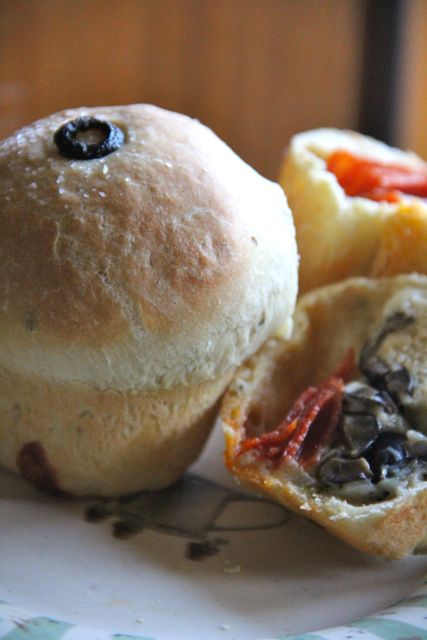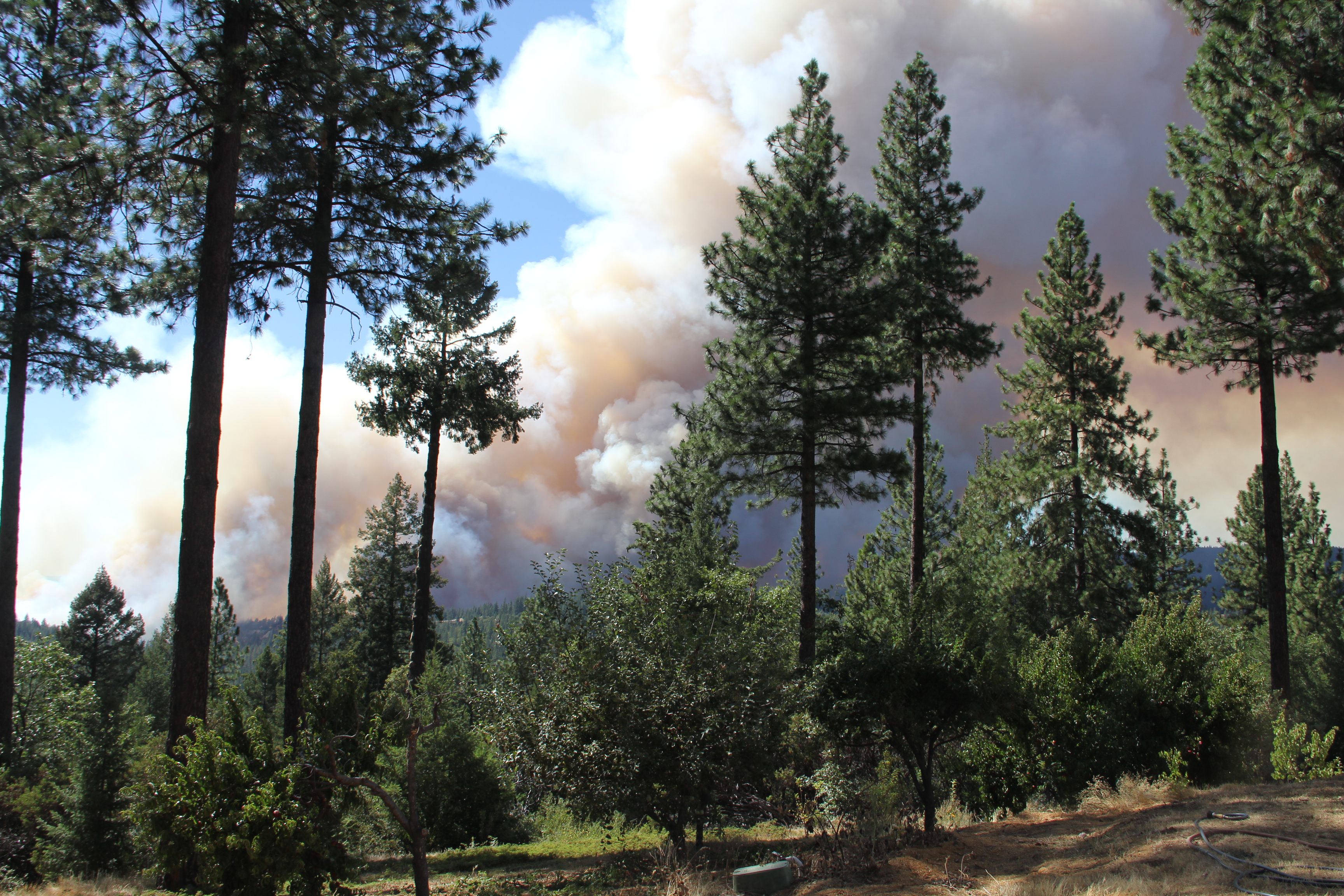Hobby offers sweet rewards


 In the process of collecting the scattered colonies, Reynolds was stung nearly 100 times.
In the process of collecting the scattered colonies, Reynolds was stung nearly 100 times.
“It was a hot summer day,” he said. “The suit was sticking to me and the stingers were coming through the cotton fabric. I started to swell up and had some difficulty breathing so now I keep an EPI pen handy.”
Stings are just one of the hazards of beekeeping. Over the past few months, Reynolds lost nearly one-third of his colonies because of “Colony Collapse Disorder.”
“The Lesser Hive Beetle weakens the bees,” he explained. “They can go out to forage, but what happens is they are too weak to come back. There is still honey and pollen in the hives, but no one is home. The queen dies because no one is there to take care of her.”
Reynolds has started storing the vacated frames in hopes of repopulating them next spring.
“The colonies I lost were my strongest,” he said.
Besides learning the honey harvesting process, Reynolds has also studied the history and life cycle of the insect.
“Honey bees are a European species that came around the horn in the early 1850s,” he said. “The most rewarding aspect of this hobby is providing something to people who appreciate local, unprocessed natural honey in its purest form.”
Reynolds harvests honey three times a year. Based on what is in bloom, the honey has a different color and flavor.
Market price for honey runs between $3 and $4 per pound. The beeswax is worth over twice that amount.
“Most of my honey is used for Christmas gifts,” he said. “My family and friends all know what they are going to get for the holidays. Any extra honey I sell helps offset the cost of caring for the hives.
“Beekeeping helps keep me in touch with the seasons,” said Reynolds. “It is hard work, but the rewards are very sweet indeed.”
11/26/09 – by Marci Seither, Colfax Record correspondent
This article can also be read here.






Very nice post!